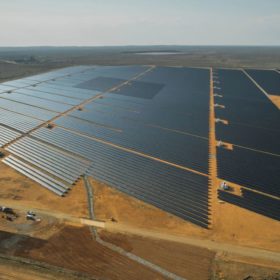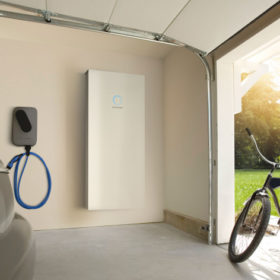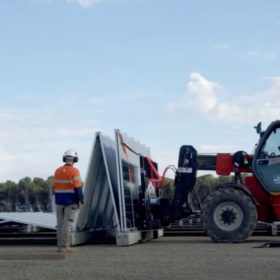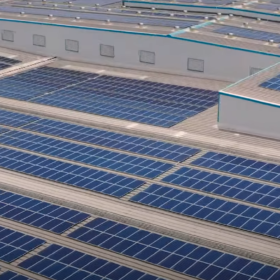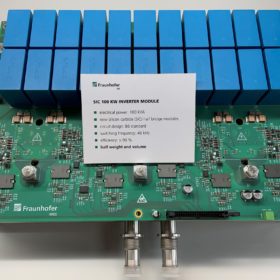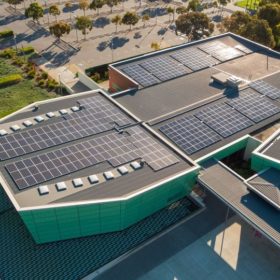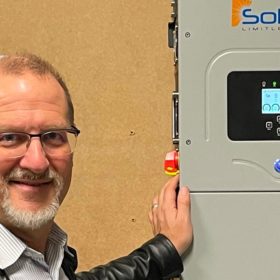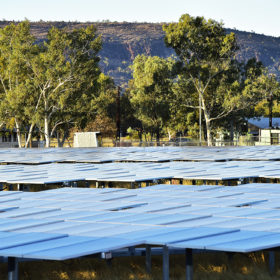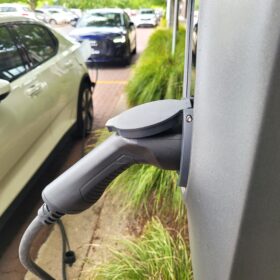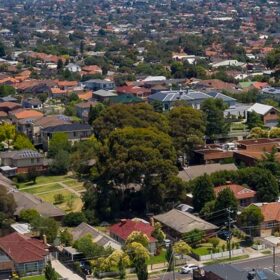Australia’s energy crisis: 3 ways the Albanese government can ease pressure on your power bills
Australia is in the grips of an energy crisis, with electricity generation prices roughly 115% above the previous highest average wholesale price ever recorded.
Why did gas prices go from $10 a gigajoule to $800 a gigajoule? An expert on the energy crisis engulfing Australia
Australia’s east coast has been plunged into an energy crisis just as winter takes hold, which will see many people struggle to heat their homes due to soaring gas bills.
SA scraps renewables schemes despite declaring ‘climate emergency’
Just days after declaring a climate emergency, the South Australian government has axed a renewable energy policy that was designed to help more homeowners access residential battery energy storage systems.
5B to ramp up expansion after $30 million capital raise
Prefabricated solar array manufacturer 5B has completed a $30 million Series B capital raise with their existing shareholders to help fund continued development of the company’s flagship modular Maverick solar array and accelerate the progress of the company’s pipeline of multi megawatt projects.
Bowen calls meeting with ministers to combat energy crisis
With industry figures warning Australia is on the “precipice” of an energy crisis, federal, state and territory ministers will meet next week to discuss the situation with skyrocketing gas, petrol and electricity prices being described as a “perfect storm”.
India installed 456 MW of rooftop solar in Q1
India’s rooftop solar installations increased by 34% year on year in the January-March period, despite a 17% increase in system costs.
Downsizing gallium nitride inverters
A German consortium led by Fraunhofer IEE aims to bring gallium nitride inverters closer to commercial viability. The primary goal of the research project is the optimisation and miniaturisation of inverters, including passive components such as cooling systems, casings, and mounting structures.
City counts on fast tracking solar rollout to deliver millions in savings
Western Australia’s City of Stirling has fast tracked its investment in an estimated $6 million solar PV program in a bid to maximise potential savings and reach its goal of sourcing 100% of the city’s electricity needs from renewables by 2030.
Redflow announces integration with US inverter company
Australian redox-flow battery specialist Redflow has upped the ante on its plans to expand into the United States market, announcing it has completed testing that will pave the way for its battery energy storage system to be used in conjunction with hybrid inverters manufactured by United States solar engineering company Sol-Ark.
Outback VPP trial to offer glimpse of renewables-dominated future
With some of the highest rooftop solar PV penetration in Australia the outback town of Alice Springs will soon play host to the Northern Territory’s first resident Virtual Power Plant with the project partners exploring how best to bolster the reliability of the local grid and pave the way for the increased penetration of renewable energy.
